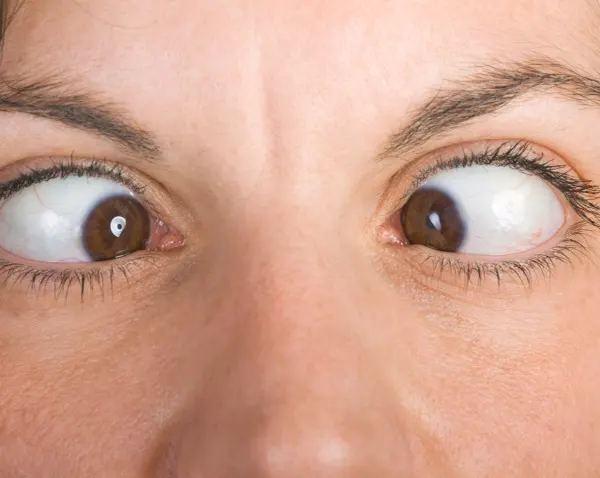
Corneal Perforation
Corneal perforation is an anomaly in the cornea resulting from damage to the corneal surface. A corneal perforation means that the cornea has been penetrated, thus leaving the cornea damaged. The cornea is a clear part of the eye which controls and focuses the entry of light into the eye.
Corneal perforation may cause difficulty in seeing and persistent eye pain. The treatment of corneal perforation depends on the location, severity and the cause of damage. Tissue adhesive can be used to seal small perforation, but this method cannot be used to treat perforations larger than 1 mm.
Non infected corneal perforation generally heals when a pressure bandage is used. For certain types of corneal perforations, lamellar keratoplasty is used as treatment.






